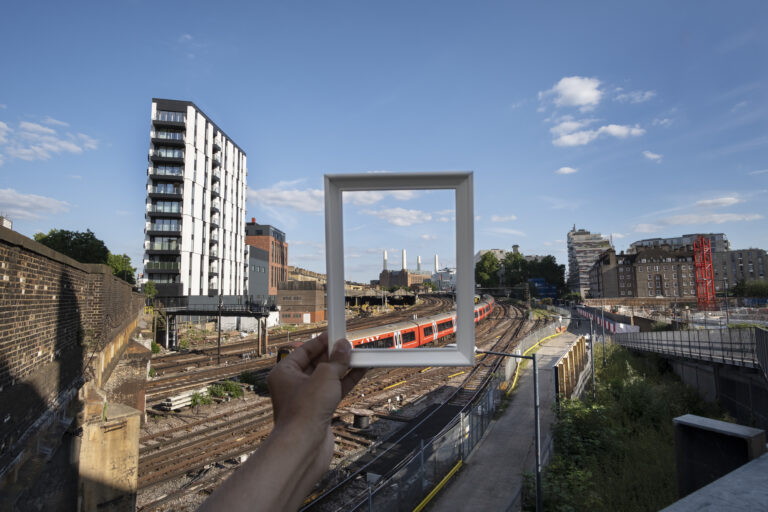Installing a concrete sidewalk is a relatively simple process that can be completed by anyone with basic DIY skills and the right tools. However, it is important to note that installing a concrete sidewalk is a labor-intensive process and requires physical exertion. It is also important to follow all safety guidelines and to obtain any necessary permits before beginning the installation process.
The first step in installing a concrete sidewalk is to prepare the site. This includes removing any existing grass, weeds, or other vegetation from the area where the sidewalk will be installed. It is also necessary to level the ground and remove any rocks or debris. The ground should be compacted and leveled to ensure that the concrete will be poured on a stable surface.
Once the site has been prepared, the next step is to mark the area where the sidewalk will be installed. This can be done by using wooden stakes and string to mark the edges of the sidewalk and to ensure that it is level. It is also important to mark the location of any manholes, utility lines, or other obstacles that may be present.
The next step is to create a subgrade. A subgrade is a layer of crushed stone that is placed on top of the prepared site to provide a stable base for the concrete. The subgrade should be at least 4 inches thick and should be leveled and compacted. It’s important to check that the subgrade is level by using a long level or a laser level.
After the subgrade has been prepared, the forms can be installed. Forms are used to hold the concrete in place as it sets. These can be made from wood, metal or plastic. The forms should be level and plumb, and should be secured in place with stakes or other fasteners.
It’s important to check that the forms are level, plumb and square. This will ensure that the concrete sidewalk will be level and even when it is finished. Once the forms are in place, the next step is to mix and pour the concrete.
The concrete should be mixed according to the manufacturer’s instructions and should be poured in small sections to ensure that it is level. A concrete vibrator is often used to remove any air bubbles and to ensure that the concrete is properly compacted.
After the concrete has been poured, it should be leveled and smoothed with a trowel. The surface should be kept moist for at least the first 24 hours to ensure proper curing. Once the concrete has set, the forms can be removed.
Finally, the sidewalk should be allowed to cure for at least a week before it is used. During this time, it should be kept moist and protected from the sun. After the concrete has cured, it can be sealed to protect it from stains and weather damage.
In conclusion, installing a concrete sidewalk is a relatively simple process that can be completed by anyone with basic DIY skills and the right tools. The key to a successful installation is proper preparation, including leveling the ground, marking the area where the sidewalk will be installed, creating a stable subgrade, and ensuring that the forms are level and plumb. It’s also important to keep the concrete moist and protected from the sun during the curing process and to seal it after the curing process to protect it from weather damage. It’s important to follow safety guidelines and to obtain necessary permits before starting the installation process.





